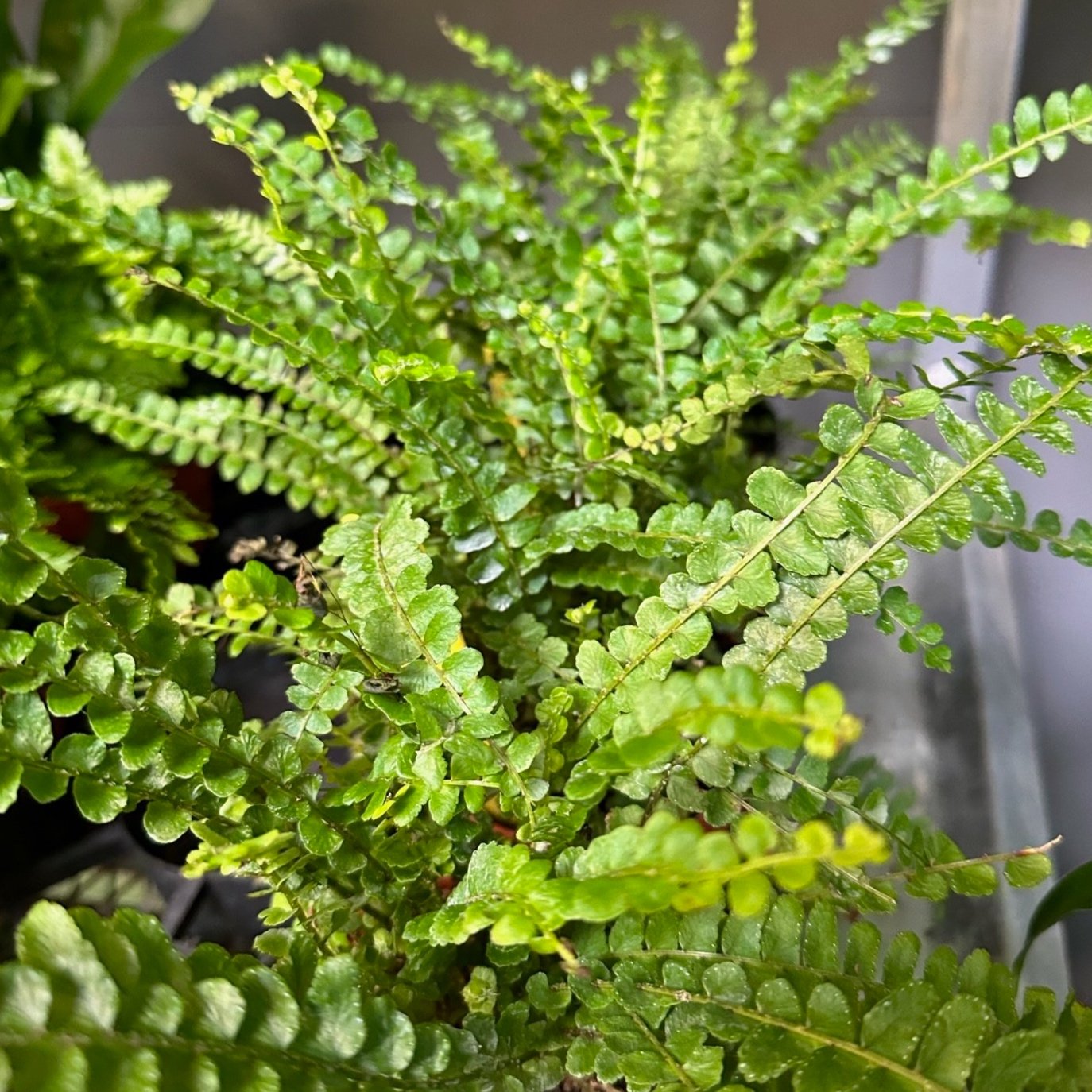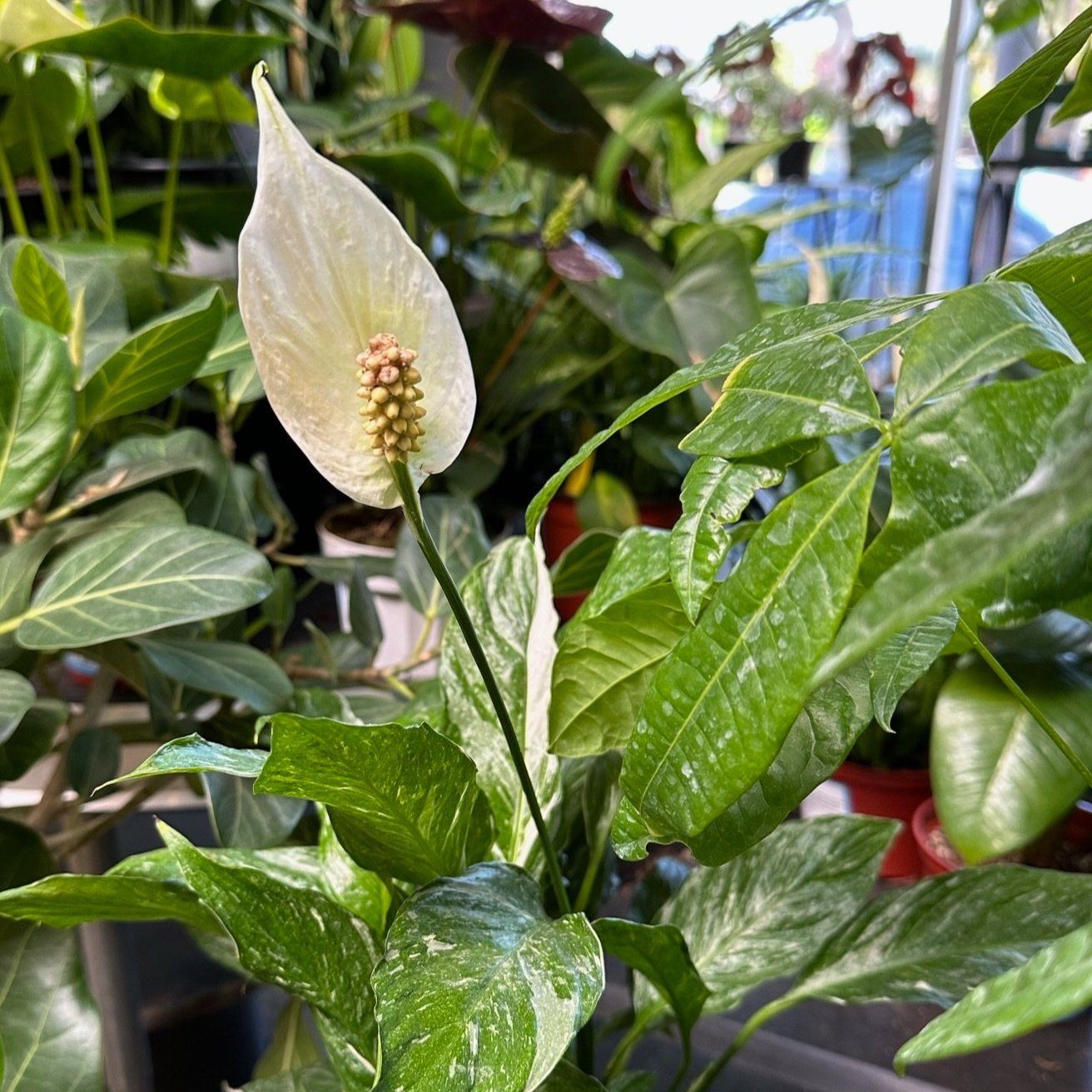Consider your pets - Houseplants
Houseplants not only bring natural beauty indoors but also have the power to purify the air, reduce stress, and create a calming atmosphere in your home. However, for some pet owners, it's important to be cautious when selecting plants for your indoor garden, as some can cause dogs and cats to become ill when ingested. If you have a pet who chews on everything in sight or has not yet shown its tendencies towards plants, read on.*
There are numerous advantages of including houseplants in your home, such as:
Providing fresher, cleaner air through photosynthesis
Maintaining healthy humidity levels with transpiration
Reducing stress, enhancing mood, and increasing productivity
Elevating your home decor by adding natural, lively elements to make spaces more inviting and aesthetically pleasing
Reducing background noise in the home and establishing a quieter, more peaceful environment
The key factor to consider when choosing your plants is if your pet has a tendency to eat or chew the ones they come across. For example, a cat that chews on potted flowers in the yard, or a dog that snaps at shrubs along the sidewalk may also take a bite from a new houseplant. While you can move the plant out of their immediate reach, your pet may still be able to access it if it’s determined. And if your pet doesn’t show interest in these plants, there is little need to worry; most garden centers do not carry any houseplants that will cause your pet irritation or illness through bodily contact.
For those who have a new pet or a plant nibbling furry friend, you will find a list of safe plants, a list of toxic plants, and ideas for safely incorporating the questionable plants into your home.
Pet-Friendly Houseplants:
Nephrolepis - Fern
African Violet
Areca Palm
Calathea
Here is a short list of houseplants that are safe for both cats and dogs, according to the ASPCA:
Areca palm (Dypsis lutescens)
Spider plant (Chlorophytum comosum)
Boston fern (Nephrolepis exaltata)
Parlor palm (Chamaedorea elegans)
Ponytail palm (Beaucarnea recurvata)
Haworthia (Haworthia spp.)
Calathea (Calathea spp.)
Polka-dot plant (Hypoestes phyllostachya)
Baby rubber plant (Peperomia obtusifolia)
Moth orchid (Phalaenopsis orchid)
Friendship plant (Pilea involucrata)
African violet (Saintpaulia)
Swedish ivy (Plectranthus verticillatus)
Rattlesnake plant (Calathea lancifolia)
Lipstick plant (Aeschynanthus radicans)
Houseplants of Concern:
Dieffenbachia
ZZ Plant
Peace Lily
Pothos
While many plants are safe, some common houseplants can be harmful to pets. Below are some houseplants to be concerned about, the parts that are dangerous, and symptoms of ingestion:
Aloe vera: Leaves - Vomiting, lethargy, diarrhea. The gel is considered edible.
Sago palm (Cycas revoluta): All parts, especially seeds - Vomiting, melena, icterus, increased thirst, hemorrhagic gastroenteritis, bruising, coagulopathy, liver damage, liver failure, death.
Philodendron (most species): Leaves and stems - Oral irritation, intense burning and irritation of mouth, tongue and lips, excessive drooling, vomiting, difficulty swallowing.
Dieffenbachia (Dumb Cane): Leaves and stems - Oral irritation, intense burning and irritation of mouth , tongue and lips, excessive drooling, vomiting, difficulty swallowing
Pothos (Epipremnum aureum): Leaves and stems - Oral irritation, intense burning and irritation of mouth, tongue and lips, excessive drooling, vomiting, difficulty swallowing.
Snake Plant (Sansevieria): Leaves - Nausea, vomiting, diarrhea.
Peace Lily (Spathiphyllum): Leaves and flowers - Oral irritation, intense burning and irritation of mouth, tongue and lips, excessive drooling, vomiting, difficulty swallowing.
Corn Plant (Dracaena fragrans): All parts - Vomiting (occasionally with blood), depression, anorexia, hypersalivation, dilated pupils (cats).
ZZ Plant (Zamioculcas zamiifolia): All parts - Oral irritation, intense burning and irritation of mouth, tongue and lips, excessive drooling, vomiting.
Caladium: Leaves and stems - Oral irritation, pain and swelling of mouth, tongue and lips, excessive drooling, vomiting, difficulty swallowing.
Growing Houseplants Safely
If you want to enjoy the beauty of the more dangerous houseplants while keeping your pets safe, consider:
Keeping toxic plants out of reach, such as on high shelves or in hanging planters.
Using physical barriers like pet gates or decorative screens to prevent access.
Training pets to stay away from plants using positive reinforcement techniques.
Providing safe alternatives like cat grass or catnip to distract your pets.
Regularly monitoring your plants to ensure there’s no interaction or damage that might indicate ingestion.
Incorporating houseplants into your home can be both rewarding and safe with the right knowledge and precautions. Choose pet-friendly options or implement safety measures to ensure that your green space is a haven for both you and your pets.
*Disclaimer
The information provided in this article is for reference purposes only. Always consult the ASPCA's website or a veterinarian for the most current and comprehensive information regarding plant toxicity and pet safety.
For more detailed information on toxic and non-toxic plants, you can visit the ASPCA's website here.








